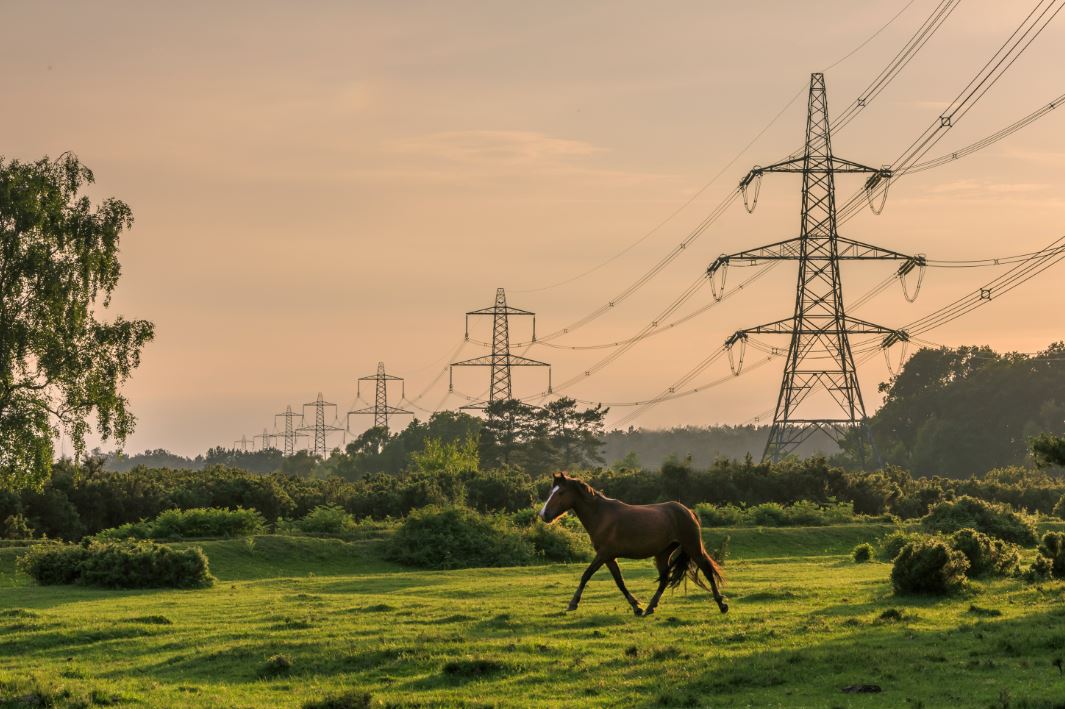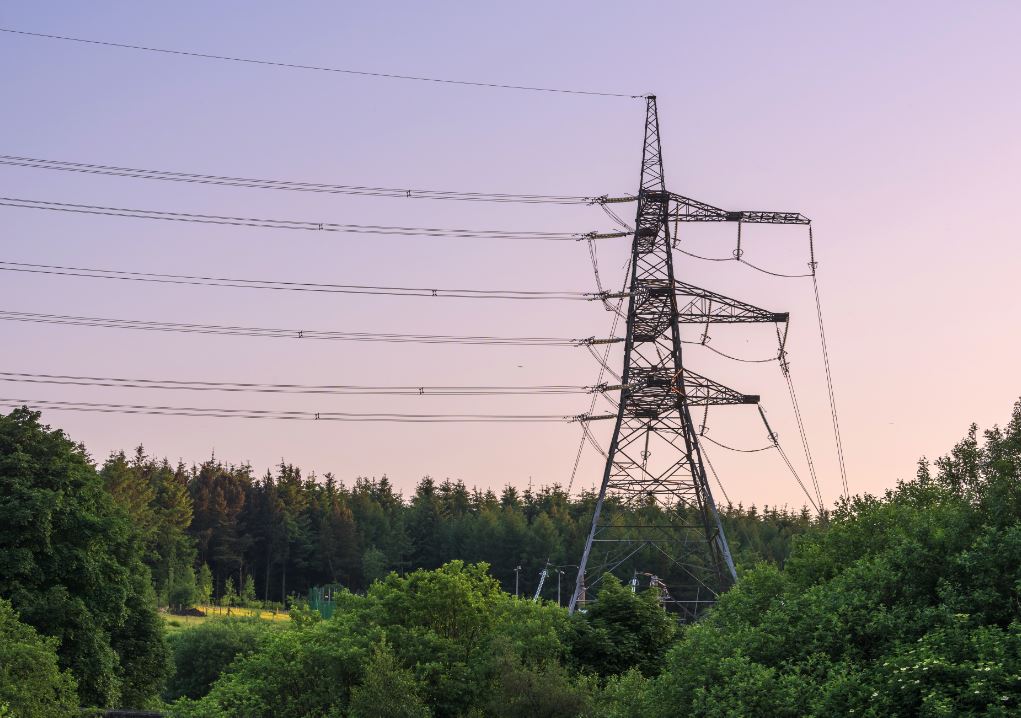Protected landscapes get VIP treatment
24 October 2018
National Grid’s Visual Impact Provision project is unique in the scale of its ambition to reduce the landscape and visual impact of existing electricity transmission infrastructure. Michelle Clark, project manager at National Grid, provides an update on this landmark initiative for English and Welsh National Parks and Areas of Outstanding Natural Beauty (AONBs).
The Visual Impact Provision (VIP) aims to enhance some of the most beautiful landscapes in England and Wales. Ofgem has created a £500 million provision to fund the mitigation of the visual impact of electricity transmission infrastructure in National Parks, English and Welsh AONBs and Scottish National Scenic Areas. National Grid is applying to make use of the provision as the electricity transmission owner in England and Wales, with approximately 581km of overhead line in protected landscapes.
A national Stakeholder Advisory Group was established in 2014 to guide decision-making on the project. Its membership includes the Campaign for National Parks, as well as other specialist organisations dedicated to conserving the nation’s landscapes.
Collectively, we are determined to make the most of this major opportunity to improve protected landscapes for the benefit of the many local people and visitors who enjoy their special qualities. However, it is a complex undertaking, and the challenge is to deliver tangible visual benefits while avoiding unacceptable environmental impacts, whilst balancing technical deliverability and cost.
For the first four VIP projects, it has been determined that replacing the existing overhead lines with underground solutions would deliver the best outcome. Our four VIP projects in the Dorset AONB and the New Forest, Peak District and Snowdonia National Parks are each different, just like the landscapes they aim to enhance.
Dorset AONB – In June this year, our project to remove 22 pylons from the Dorset AONB landscape received planning approval from West Dorset District Council – the first of the VIP schemes to reach this milestone.
Subject to funding approval from Ofgem, we will replace 8.8km of overhead line near Winterbourne Abbas and Martinstown with underground cables. We are currently carrying out archaeological exploration works to inform detailed construction plans, with on-site works set to commence in 2019 and take three years to complete.
New Forest National Park – The New Forest National Park project would replace a 3km section of overhead line near Hale with an underground solution, removing eight pylons from the landscape.
Technical work and discussions with stakeholders on the preferred route for the underground cable are ongoing, and we will be hosting public consultation events this autumn to gather feedback from the local community before submitting a planning application to the New Forest National Park Authority.

Campaign for National Parks is working with National Grid to mitigate the visual impact of its infrastructure in the New Forest and other National Parks.
Peak District National Park- Our Peak District National Park (East) project aims to replace seven pylons and a 2km section of overhead line east of the Woodhead Tunnel near Dunford Bridge with an underground connection. As part of the project, the Trans Pennine Trail will need to be temporarily diverted to allow for construction work.
Again, we will be seeking the public’s views on our plans before submitting a planning application to Barnsley Metropolitan Borough Council in winter 2018/19.
Snowdonia National Park – The Snowdonia National Park project would replace a 3km section of overhead line crossing the Dwyryd Estuary near Porthmadog, removing 10 pylons from the landscape.
The new connection would run through an underground tunnel from Cilfor to Garth under the Dwyryd Estuary. We will be hosting a series of public exhibitions for local communities and visitors in autumn 2018.

We can enhance our National parks by removing visually intrusive pylons. Photo credit: National Grid.
Landscape Enhancement Initiative
The Landscape Enhancement Initiative (LEI) is an important part of VIP. All 30 AONBs and National Parks which contain or are impacted by National Grid transmission infrastructure are eligible to apply for the £24 million grant scheme for smaller improvement projects.
Grants of up to £200,000 are available for projects that reduce the visual and landscape impact and enhance the surrounding landscape. Since its launch in May 2016, more than £1.6 million has been allocated to 15 projects across England and Wales.
The first of these are starting to deliver results. In the New Forest, a ‘wild play’ site at Warren Copse, Holbury, is the first to be built in the National Park and benefited from £31,000 of LEI funding. By helping younger children and families to reconnect with nature, it draws attention away from the nearby overhead transmission lines.
We are keen to see more ideas from partner organisations of National Parks and AONBs, such as Wildlife Trusts, RSPB and community groups. Partner organisations should contact their National Park Authority or AONB Partnership to discuss their ideas. More information on the initiative can be found on our website: lei.nationalgrid.com
By Michelle Clark, National Grid

